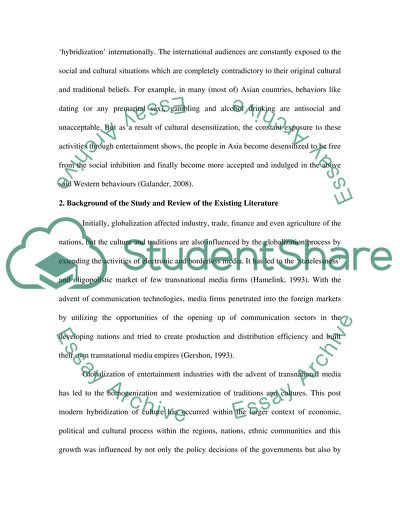Cite this document
(“Research proposal--- The effects of transnational media on Asian Proposal”, n.d.)
Retrieved from https://studentshare.org/gender-sexual-studies/1410229-research-proposal-the-effects-of-transnational
Retrieved from https://studentshare.org/gender-sexual-studies/1410229-research-proposal-the-effects-of-transnational
(Research Proposal--- The Effects of Transnational Media on Asian Proposal)
https://studentshare.org/gender-sexual-studies/1410229-research-proposal-the-effects-of-transnational.
https://studentshare.org/gender-sexual-studies/1410229-research-proposal-the-effects-of-transnational.
“Research Proposal--- The Effects of Transnational Media on Asian Proposal”, n.d. https://studentshare.org/gender-sexual-studies/1410229-research-proposal-the-effects-of-transnational.


